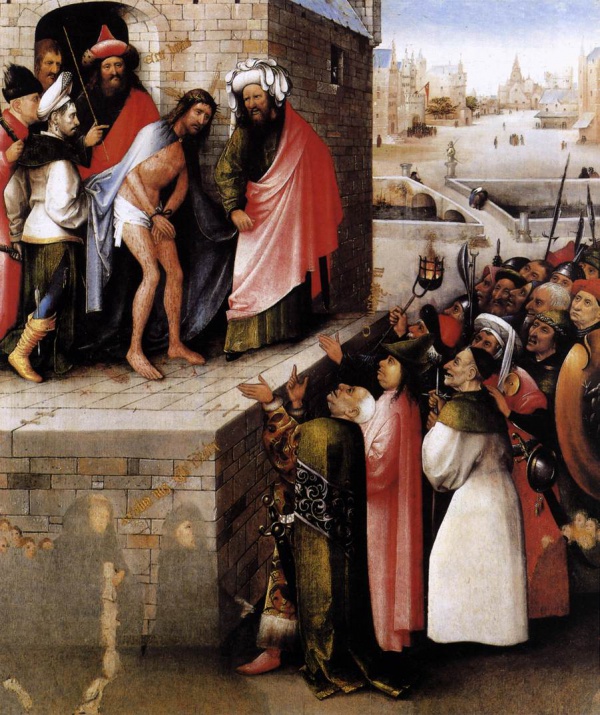Facts About Ecce Homo
"Ecce Homo" is a captivating painting by the Early Netherlandish artist Hieronymus Bosch, created sometime between 1475 and 1485. The original masterpiece is housed in the Städel Museum in Frankfurt, while a copy can be admired at the Museum of Fine Arts in Boston. The artwork depicts the poignant moment when Jesus, adorned with a Crown of Thorns, is presented to the crowd by the Roman council, just before his crucifixion.
Bosch's painting is rich with symbolism. Inscriptions in the piece allude to the dialogue between Pontius Pilate and the mob. Additionally, Bosch includes an owl and a toad—traditional symbols of evil—set against a meticulously detailed cityscape representing Jerusalem.
The theme of flawed human judgment is central to the painting, offering a stark contrast to later Renaissance works that often emphasize Christ's sacrifice. Despite Bosch's significant influence, little is known about his life, and the precise dating of "Ecce Homo" remains uncertain. However, experts believe it was completed between 1475 and 1485.
Through the Bosch Research and Conservation Project, it was revealed that Bosch used materials typical of the Renaissance era. These include pigments such as azurite, lead-tin yellow, and vermilion, complemented by red and green glazes and gold leaf. Dendrochronological analysis of the oak panel suggests the painting was created between 1475 and 1485.

 France
France